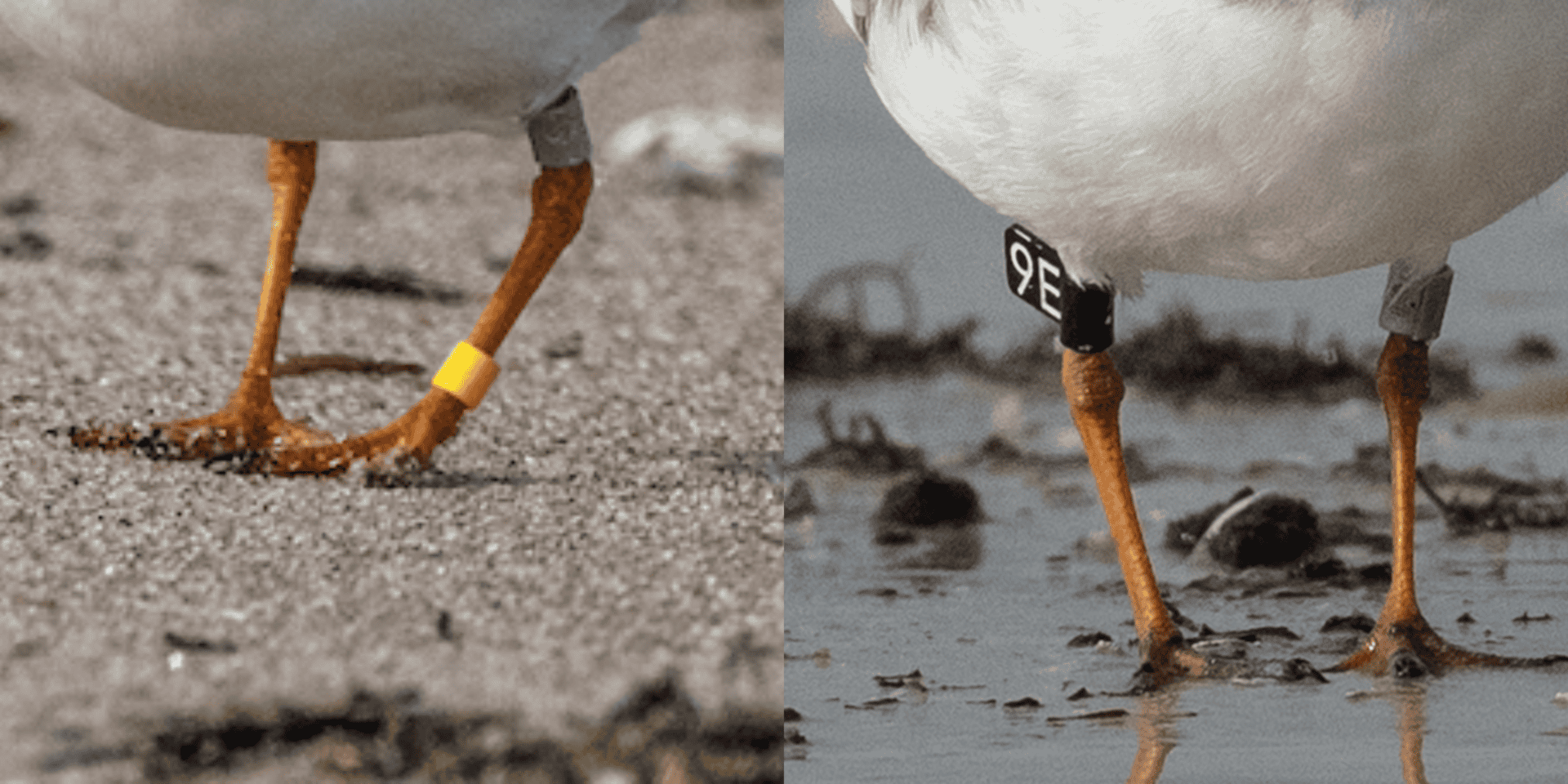
Barn Swallow Run

In “Barn Swallow Run”, a young chick mistakes a Barn Swallow for a predator and runs to its parent to hide from the danger. The parent Piping Plover knows that the Barn Swallow is not a threat, and is not startled by the close encounter. Piping Plovers are extremely small (about 7 inches in length), and are extremely vulnerable to larger predators on the shores where they settle. The open beach habitats they prefer have fostered many adaptations to protect from predation, including camouflaged plumage and eggs that resemble and blend in with pebbles on the rocky shores.
Exciting footage of the Piping Plover chicks Dr. Bondar photographed on the beaches of Florida in the Gulf of Mexico.
Piping Plovers are monogamous birds, and both parents are responsible for brooding the young in the summer season. During the first weeks after hatching, the young chicks rely on their parents to stay warm, which is why they are often hidden and tucked under their wings. It takes approximately one month before they are able to start flying. Due to the vast distances travelled in their migration, chicks need to develop before they can migrate to their winter homes. In mid-July, female Piping Plovers will commence the migration South on their own, and males will follow later in August with the young after they have developed more.
Ensuring the young have matured as much as possible before migration is crucial since these tiny shorebirds travel between 1400-2000 kilometres / 870-1243 miles on average for their migrations, sometimes in one non-stop journey!

Leg bandings on two different Piping Plovers. Left is a Great Lakes population (subspecies circumcinctus) individual and right is an Atlantic Coast population (subspecies melodus) individual.
Piping Plover lives are still mysterious to us in many ways. Because of their at-risk status and low population sizes, there are several details researchers have yet to uncover, such as their exact migration patterns or chick-rearing behaviours and times. The banding of birds plays a significant role in increasing our understanding of these birds and tracking their reproductive success. Banding occurs within the first ~2 weeks after hatching since Piping Plover legs are highly developed early in life.
Great Lakes population individuals are all given orange bands, as well as additional coloured and positioned bands that are unique and help us identify both individuals and members of the same family group. Atlantic Coast population individuals often have flag bands with different colours for breeding locations and alphanumeric codes for individual IDs. All individuals also receive a United States Geological Survey metal band with a unique 9-digit number.
There are several techniques used to capture Piping Plovers for banding with as little stress as possible. For adult Piping Plovers in need of re-banding, small traps are often placed near nests, allowing researchers to retrieve them easily and quickly. To band chicks, researchers can simply walk toward them (slowly, to avoid startling them), scoop them up from the sand, and band and return them to the nest within about 5 minutes.
Explore more below to learn about Piping Plovers!



Sources
- IBA Canada: https://www.ibacanada.com/documents/ploverguide.pdf
- US Fish and Wildlife Service: https://www.fws.gov/species/piping-plover-charadrius-melodus
- Birds Canada: https://www.birdscanada.org/bird-science/piping-plover/ontario
- Hinterland Whos Who: https://www.hww.ca/en/wildlife/birds/piping-plover.html
- Great Lakes Piping Plovers: https://www.greatlakespipingplover.org/banding